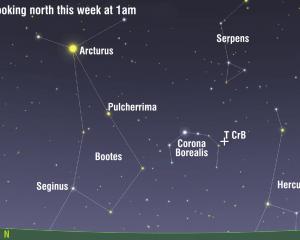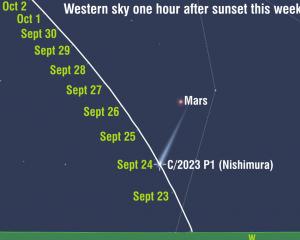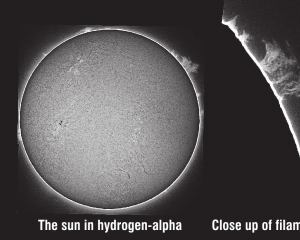
Interestingly, with the average calendar month (1/12 of a year) being 30.44 days, the timing of the moon's phases shifts by an average of almost one day for each successive month.

First stop on our sojourn is the terminator. This isn't a reference to an Arnold Schwarzenegger movie, but is instead the name astronomers give to the division between the illuminated and dark parts of the moon. Due to the angle sunlight strikes this part of the moon, shadows cast by mountains and craters are elongated, thereby making them easier to study.
This effect is similar to the lengthening of shadows on Earth when the sun is low in the sky.
Around the time of first-quarter moon, the sun is rising over the Apennine Mountains which border the Mare Imbrium, or Sea of Showers.
Mountain ranges on Earth take millions of years to form. However, the Apennines were created in a matter of minutes when the Imbrium Basin was excavated by a huge cosmic collision nearly four billion years ago. The mountains resulted from the shockwaves that exploded out from the original impact. The Apennines stretch nearly 600km and include more than 3000 peaks, of which the highest is Mount Huygens, rising more than 5km above the lunar surface.
Scanning north from the Apennines you will see the distinctive trio of craters Archimedes, Autolycus and Aristillus and the lonely peak of Mount Piton, an isolated mountain 25km across, the peak of which is more than 2km high.
Space for this column is not enough to extol the virtues of everything the moon has to offer at first quarter, so I will return to this subject in future columns.












